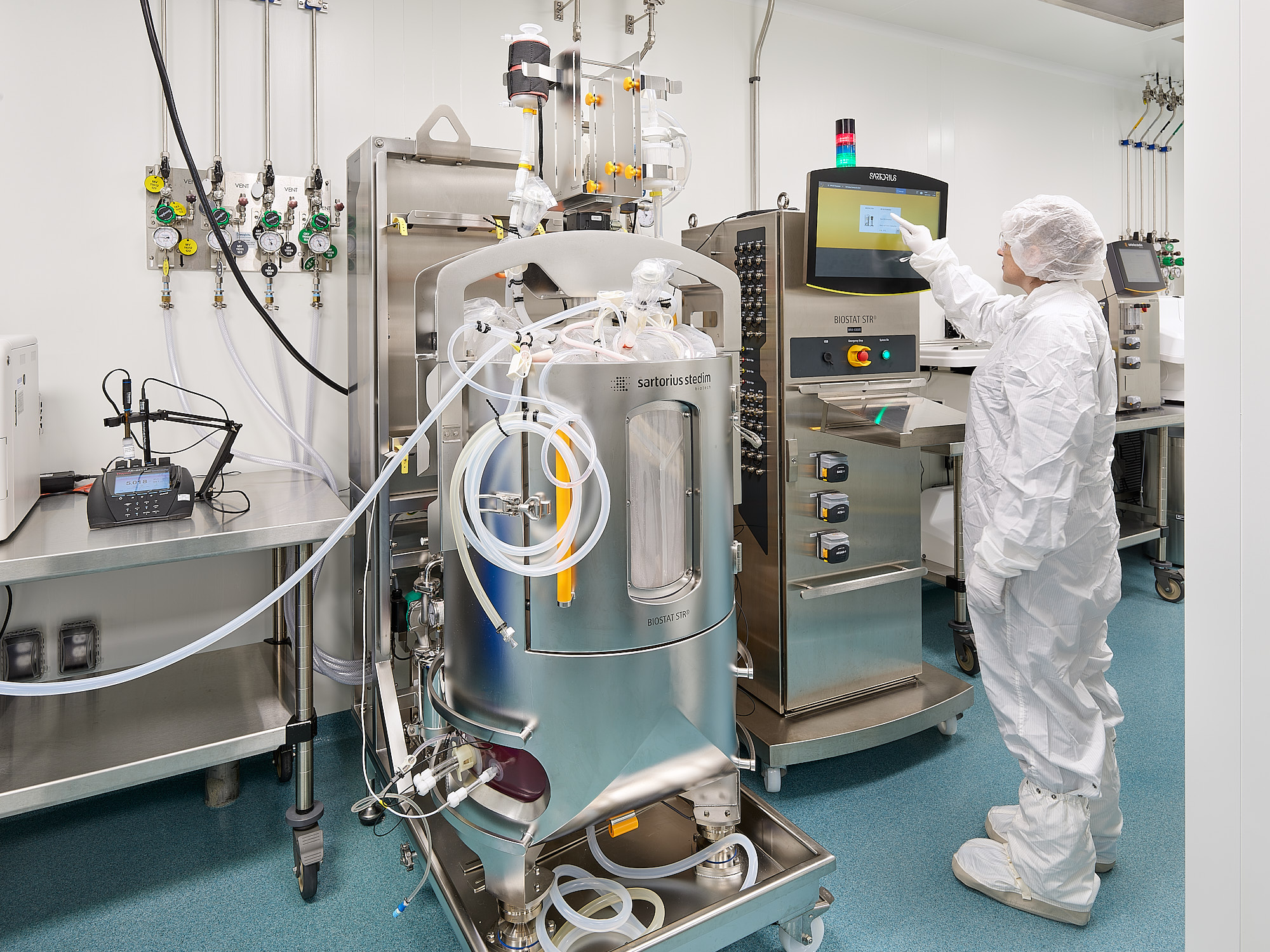Internal vs. External: Cell and Gene Manufacturing

Cell and gene therapies are highly complex and require specialized manufacturing processes. There are two main options for manufacturing advanced therapies: internal manufacturing and external manufacturing.
Internal manufacturing requires significant investment in facilities, equipment, and personnel, as well as expertise in manufacturing and regulatory compliance. That said, the internal manufacturing approach gives the organization greater control over the manufacturing process, quality, and timeline.
External manufacturing, on the other hand, involves contracting with a third-party manufacturer Contract Development Manufacturing Organization (CDMO), such as Center for Breakthrough Medicines, to produce the therapy. This approach can be more cost-effective and faster than internal manufacturing, as the manufacturer already has the necessary facilities, equipment, and expertise.
Both internal and external manufacturing have their advantages and disadvantages, and the choice between the two depends on various factors, such as the organization’s resources, expertise, and strategic goals, as well as the complexity and scale of the manufacturing process. In some cases, a hybrid approach that combines elements of both internal and external manufacturing may be the best option. Audrey Greenberg, CBO at Center for Breakthrough Medicines offers insights on the pro and cons of internal vs external manufacturing for advanced therapies.
Watch the webinar: The Great Debate: Internal vs. external manufacturing for advanced therapies.
